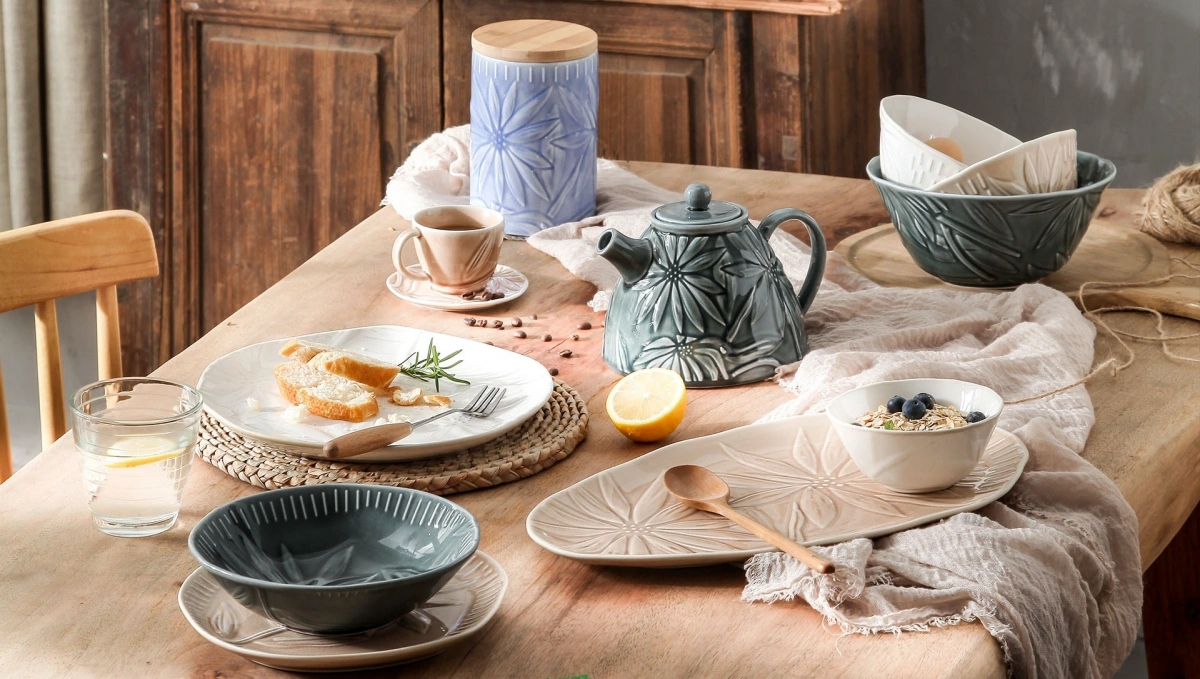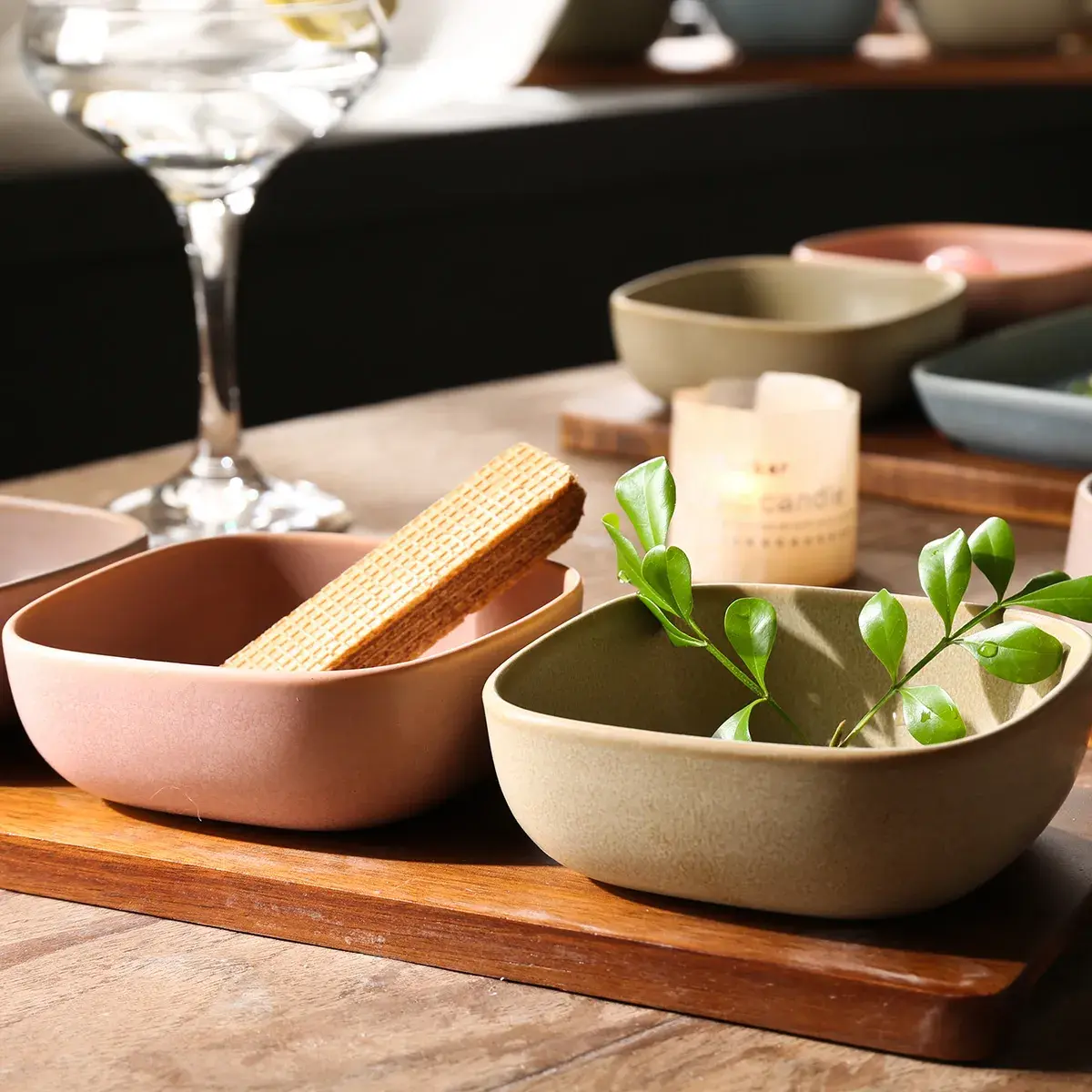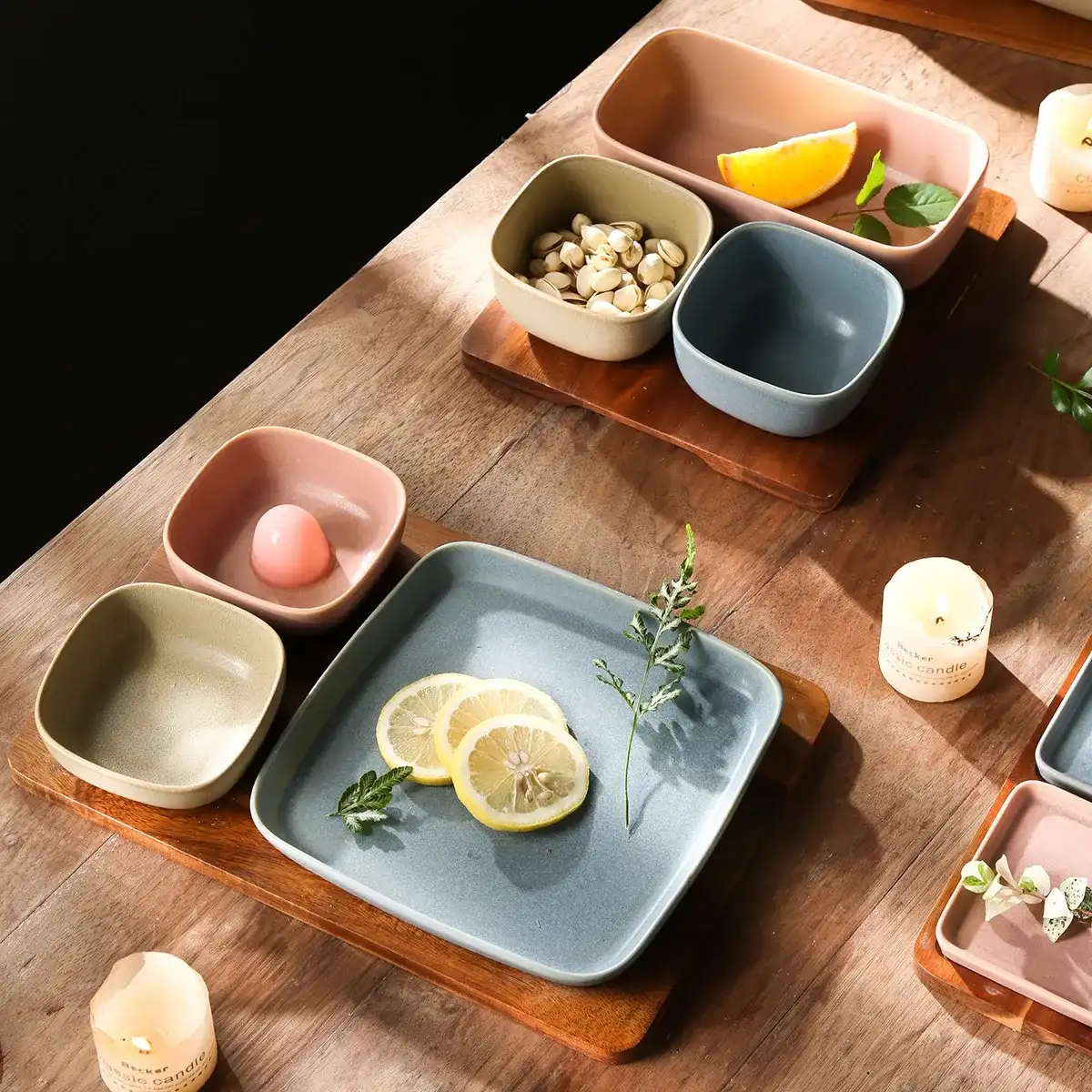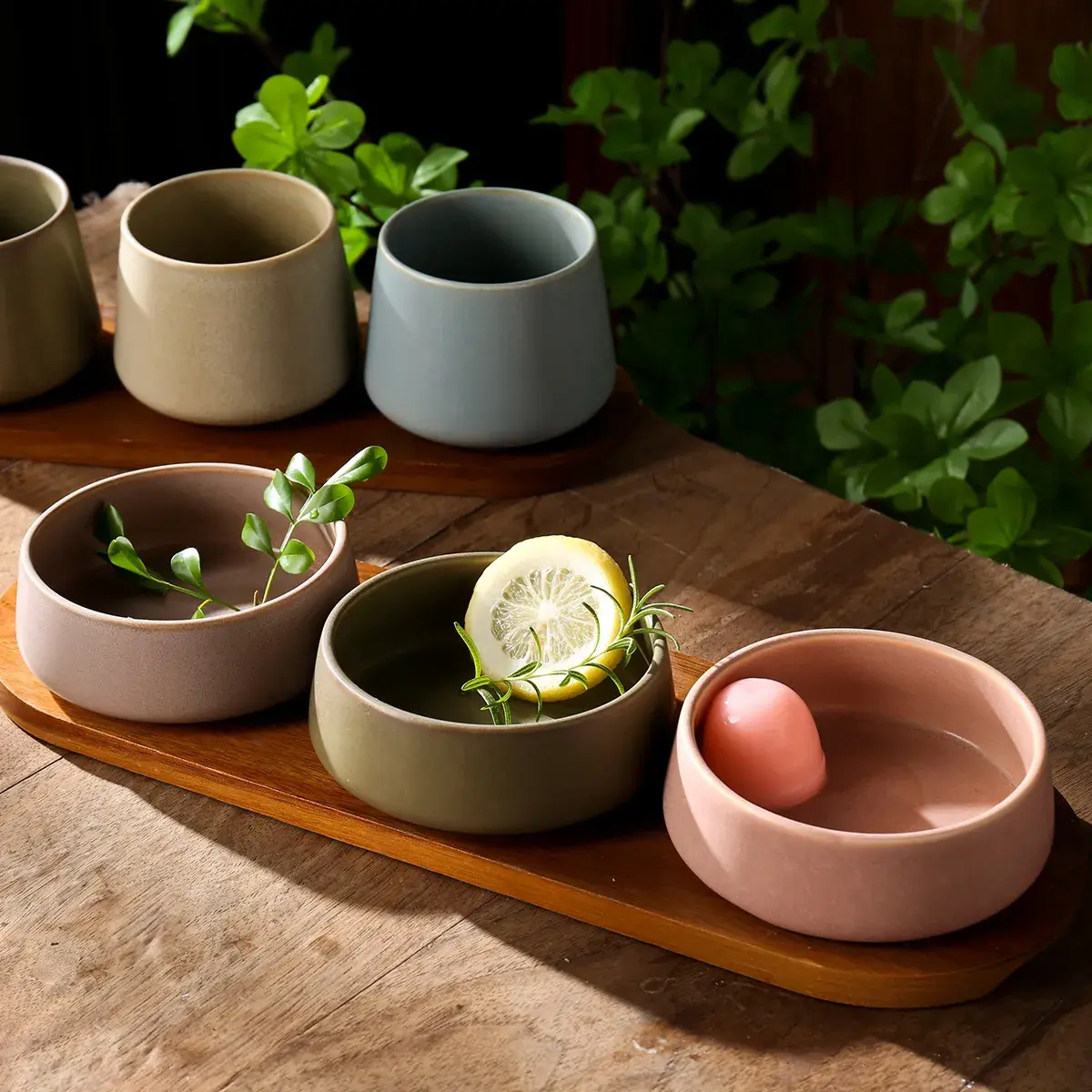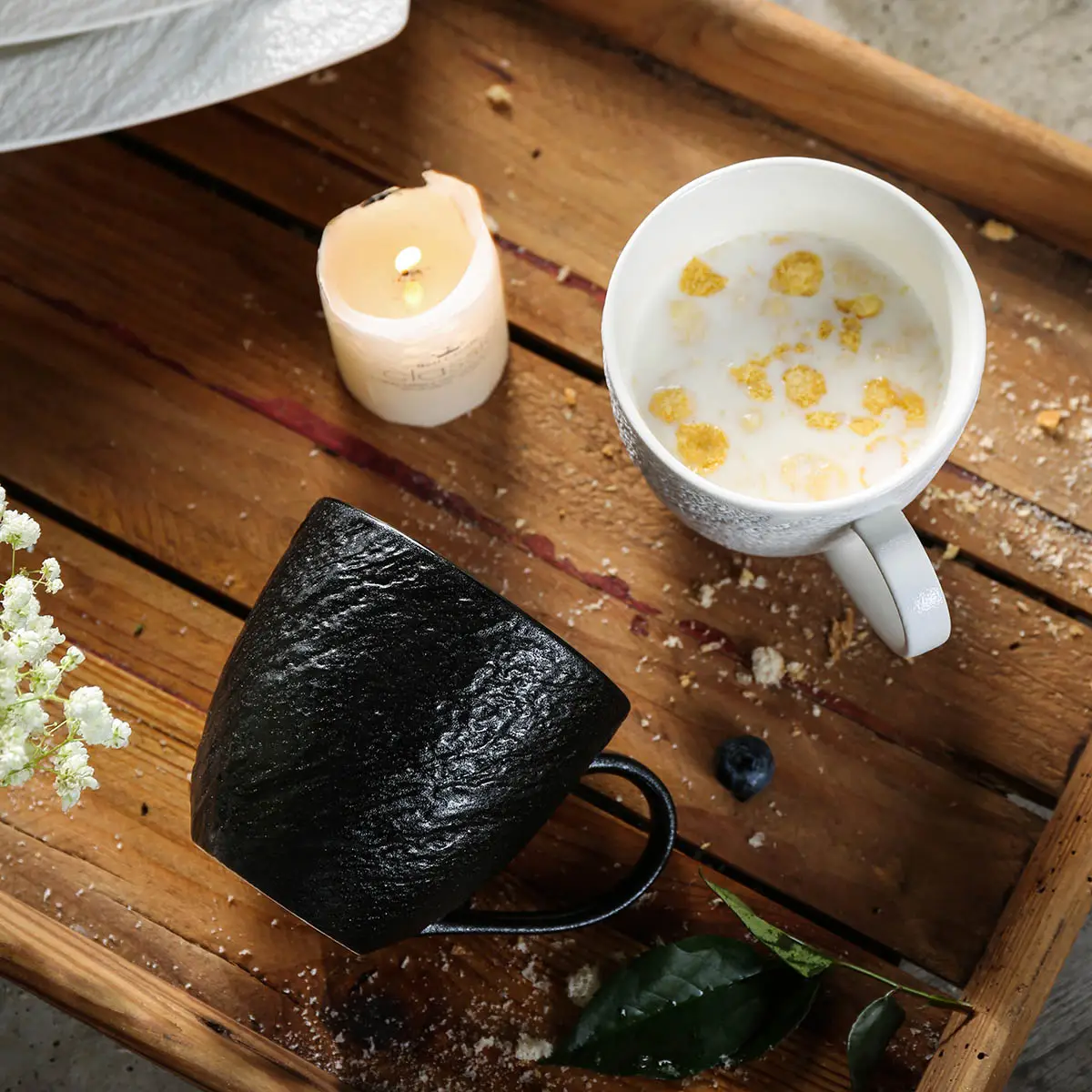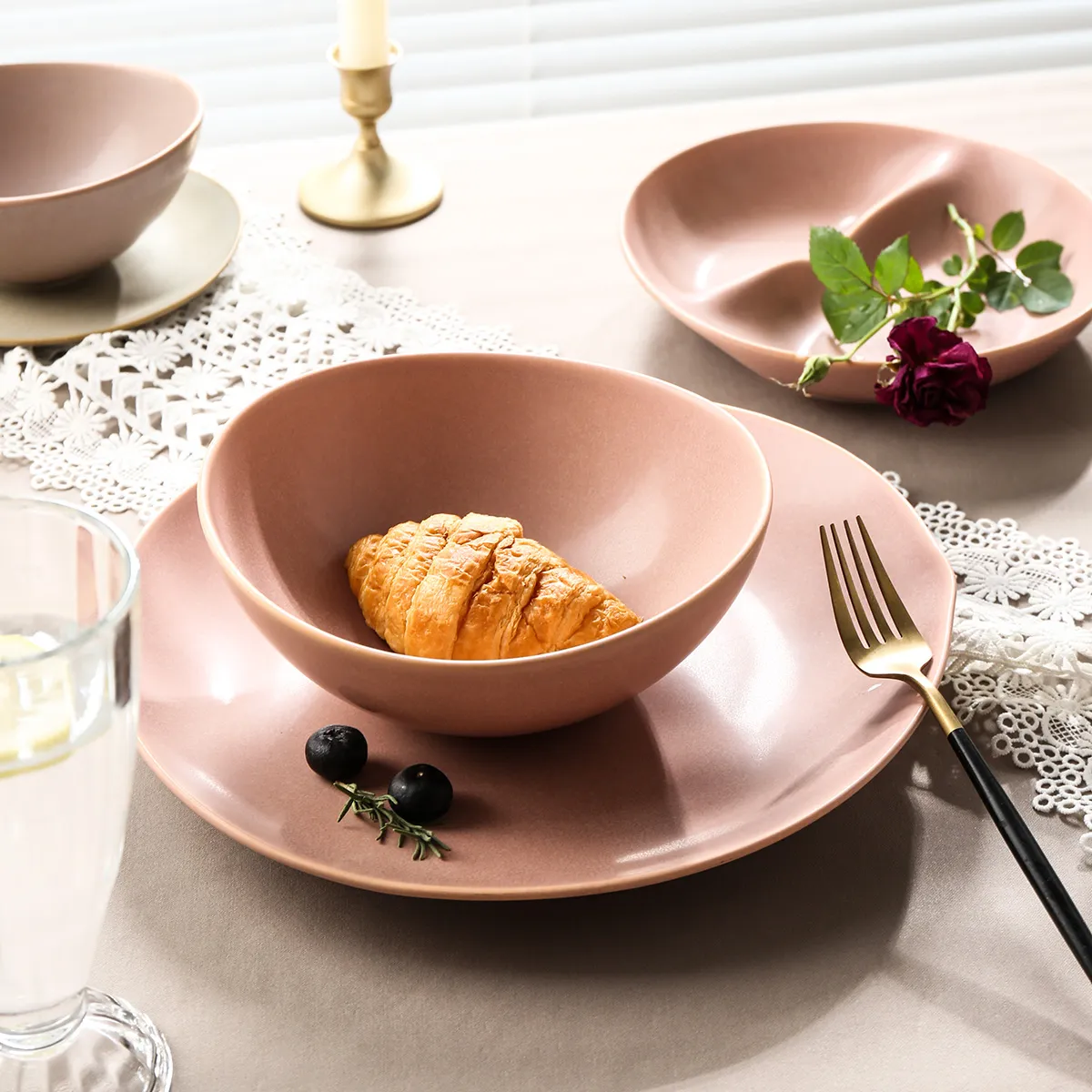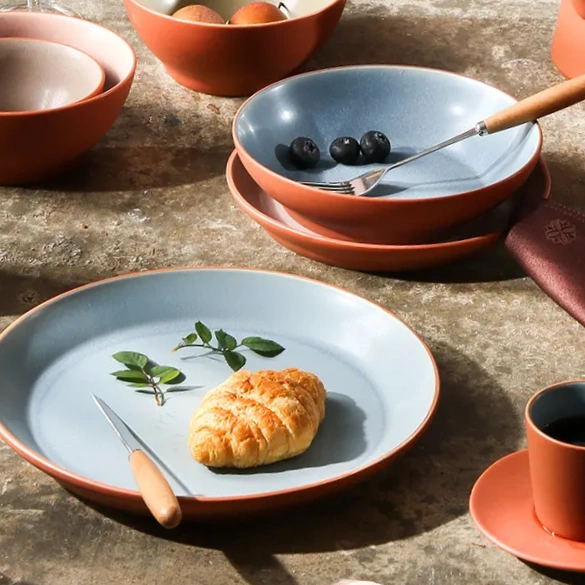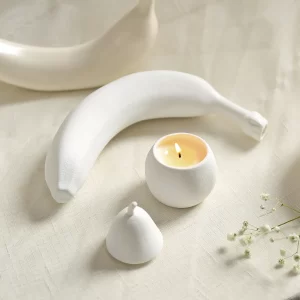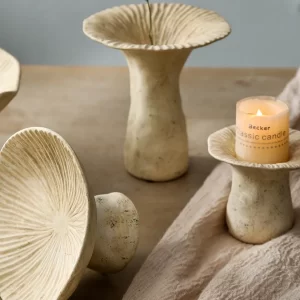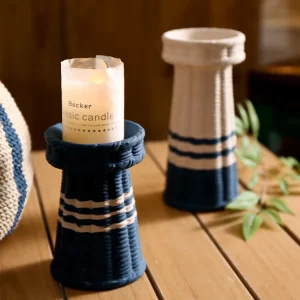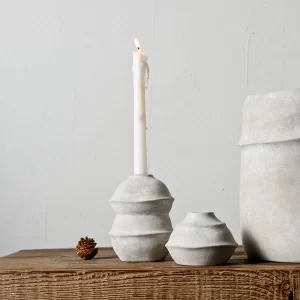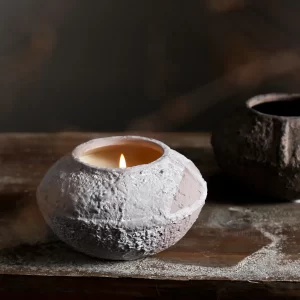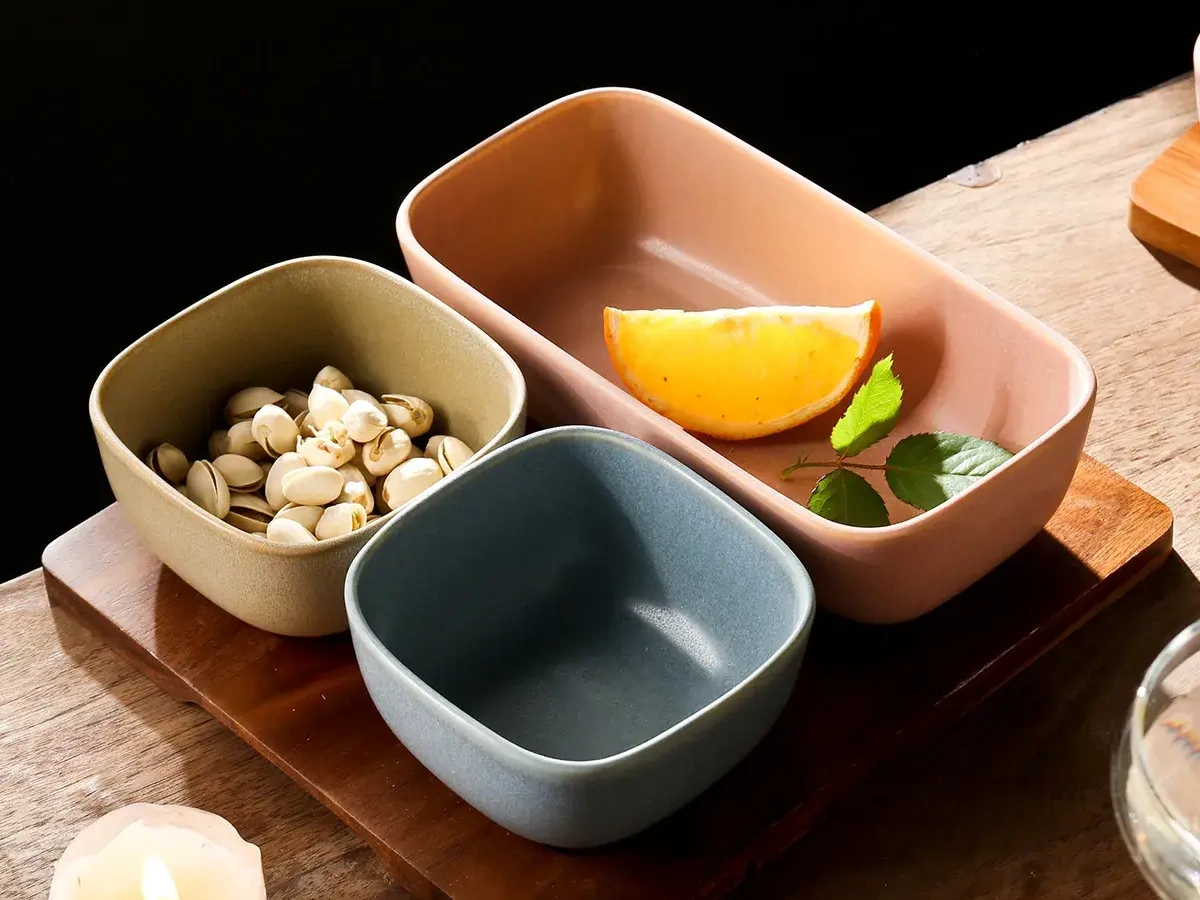
ご家庭や事業所で陶磁器の食器を選ぶ際には、見た目と釉薬の安全性が同等に重要です。. マット釉薬 革新的な見た目ですが、食品に安全でしょうか?本記事では各釉薬の特性に関する完全かつ専門的な研究を紹介します (光沢、つや消し、サテン) – 食品の安全性と耐久性に最適な選択肢を選ぶお手伝いをいたします。.
釉薬の安全性を解明:あなたの 食器 本当に安全?
プロの陶磁器食器メーカーとして、, ラビングホーム 釉薬仕上げは食器の美的魅力を左右するだけでなく、食品安全性と耐久性に関わる重要な要素であることを認識しています。近年、マット調食器はそのシンプルで高級感のある外観から非常に人気を集めています。同時に多くの消費者に疑問も生じさせています——マット釉薬は本当に食品安全なのか?そこで専門家の視点から、陶磁器の釉薬について事実と誤解を検証してみましょう。.
なぜマット釉薬の食品安全性に疑問が持たれるのか?
マット釉薬は、微視的なレベルでその構造が滑らかでないことが多いか、あるいは特定の溶剤や成形剤の濃度が高いため、非反射性の柔らかな表面効果を実現する。.
陶磁器の専門家は、高光沢釉薬と比較して、未完全焼成のマット釉薬はより「開いている」可能性があると指摘する。これは釉薬が完全に溶融せず、完全に密閉されたガラスのような層を形成していないことを意味する。この「開いた」構造は、酸性の食品(レモン、酢、トマトソースなど)にさらされると、, 金属酸化物の溶出リスクを高める可能性がある 釉薬から。さらに、粗い表面は食品残渣を容易に付着させ、細菌増殖の可能性を高めるため、機能性食器にとって重要な懸念事項である。.
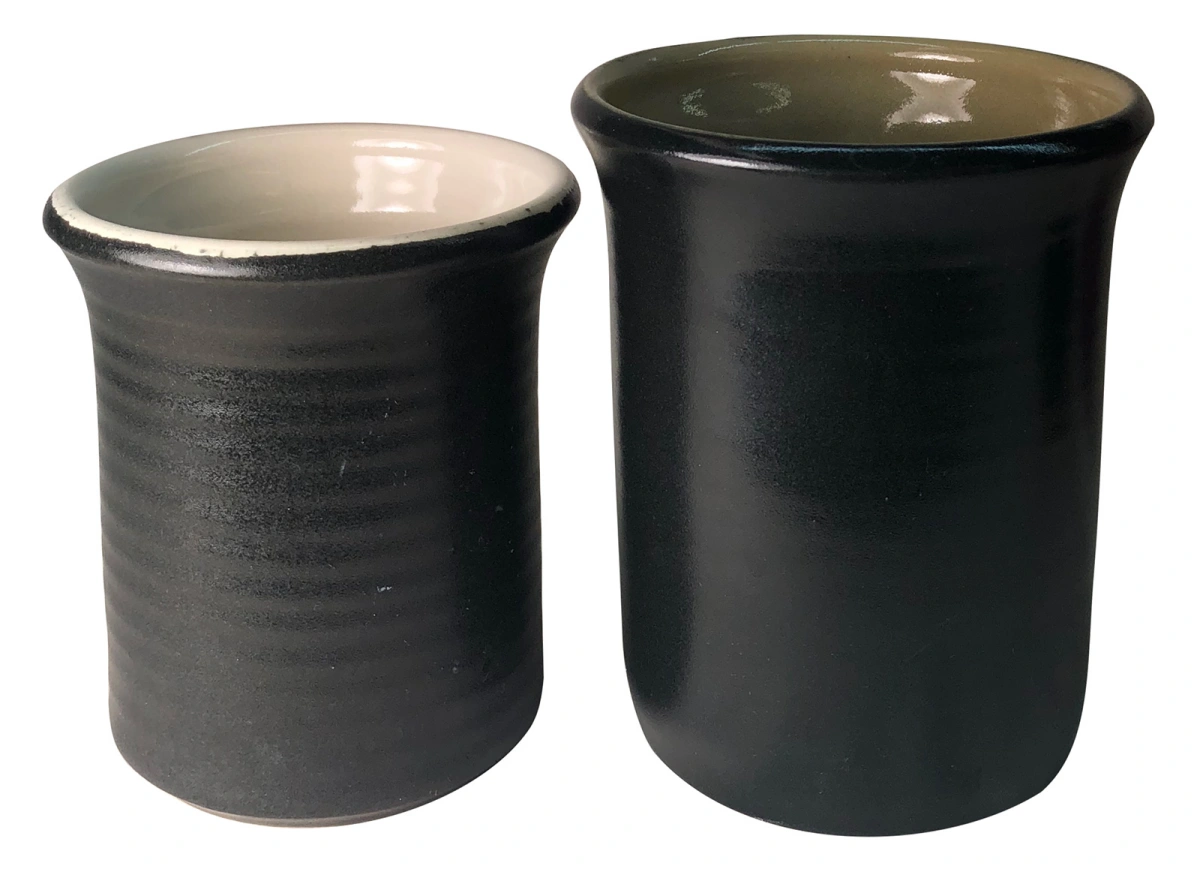
3つの主要な釉薬仕上げの比較:あなたの作品に最適なバランスを見つける 食器
食器の釉薬仕上げを選ぶ際には、美観と実用性のバランスを考慮する必要があります。以下に、食器用途で最も一般的な3種類の釉薬の長所と短所を比較します:
釉薬の特性 長所と短所
| 釉薬の種類 | 長所 | 欠点 | 適合性評価 |
|---|---|---|---|
| 光沢釉薬 | 極めて滑らかで、お手入れが簡単;高度なガラス化処理により高い食品安全性を実現;汚れや傷に強い。. | 非常に反射性が高い;時に過度に伝統的または地味に見えることがある。. | 食品接触用途における最も安全な選択肢であり、食器の内側表面に強く推奨されます. |
| マット釉薬 | モダンで高級感があり、繊細な美意識。器の造形と形状を効果的に引き立てる。. | 表面が粗く、金属製カトラリーで傷がつきやすい;洗浄が困難;溶出や細菌残留のリスクがある。. | 食器の外装や装飾品に最適です. |
| サテン・グレイズ(半光沢) | 両者の間を縫うように、柔らかな光沢を放ち、心地よい手触りで、ファッション性と実用性のバランスを保つ。. | 高光沢釉薬よりもわずかに傷がつきやすい。. | 現代の食器に最適な妥協点であり、食品の安全性を保証するために配合されることが多い。. |
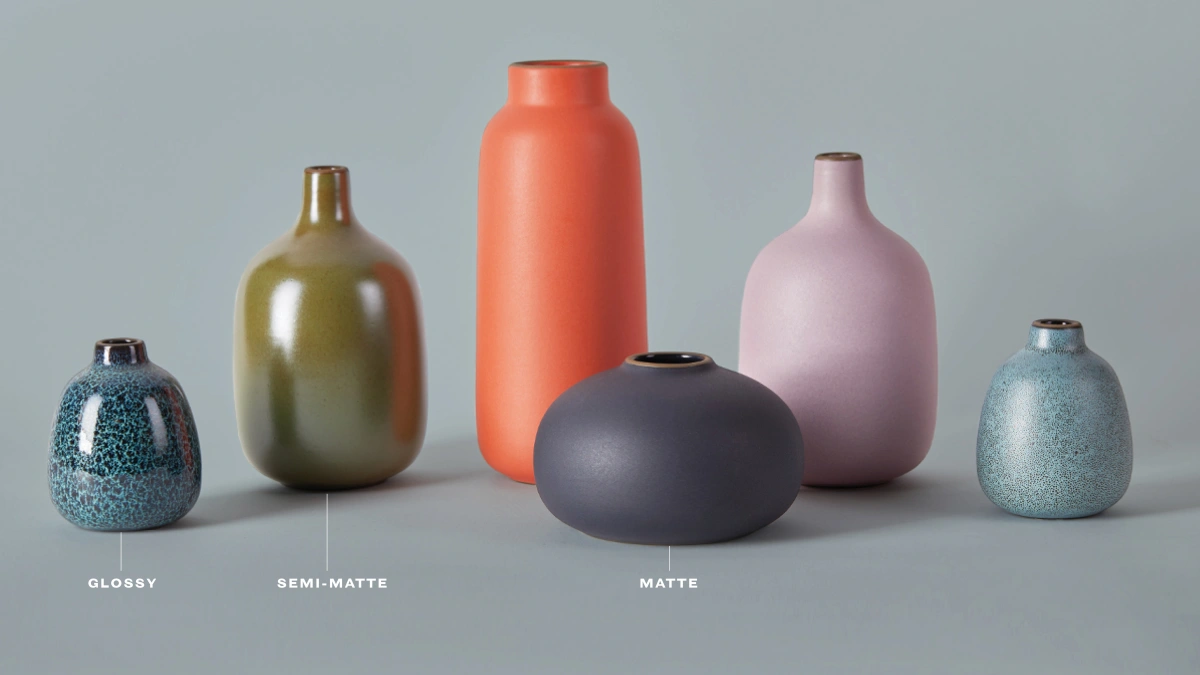
結論:釉薬が確実に定着する方法 食器 安全です
最終的に、釉薬の食品安全性は 「マット釉薬」か「光沢釉薬」かには依存しない。むしろ、その配合と焼成温度、そして釉薬が適切なガラス化度と安定性を達成したかどうかに依存する。.
プロの陶磁器食器メーカーは、以下の方法で製品の食品安全性を確保しています:
- 安定した処方に忠実であること: 可能な限り、高リスク金属(鉛およびカドミウム)ならびに(マット釉薬中の)フラックス酸化物を使用し、これらが安定していることを確保する。.
- 焼成温度: 陶器を十分に高温で焼成し、緻密で不浸透性のガラス層を形成することを確実にする。.
- ライナー釉薬: For 食器 望ましいマットな外観を得るため、内部の食品接触面には安定した光沢またはサテン仕上げの釉薬が施されている場合があります。.
食器の安全性に関するよくある質問
Q1: 自宅で使用する食器が安全かどうか、どうすればわかりますか?
A: 簡単な酸性テストとして、食器の釉薬表面に少量のレモン汁または酢を垂らし、一晩放置します。翌日、釉薬の色や光沢に変化が見られた場合、釉薬が不安定で物質が溶出する可能性があることを示しています。食品用として再利用することは推奨しません。.
Q2: なぜ一部のメーカーは自社製品のマット釉薬が食品用安全だと主張するのですか?
A: 現代のセラミック技術により、生産者は釉薬が完全にガラス化され化学的に安定している状態で、マットな質感を実現できます。あらゆる試験を経て、厳格な溶出試験に合格し、明記された「食品安全」認証を取得した製品は、優れた食器の選択肢として信頼できます。.
Q3: サテングレイズは万能な選択肢ですか?
A: はい!見た目と使いやすさを両立した食器をお探しなら、サテングレーズが最適です。光沢釉薬のようなお手入れしやすい表面でありながら、マットな質感の美しい表面を実現しています。.
ラビングホームと提携:信頼できる食器サプライヤー
ラビングホーム 2004年に設立され、提供に重点を置いています プロフェッショナルでユニークな陶磁器食器ソリューション 国際的なお客様へ。ラビングホームでは、食器は単なる器ではなく、品質と愛情を伝える手段でもあると認識しています。光沢、サテン、カスタムマットを含む全ての食器用釉薬は、国際的な食品安全基準を満たすことを確認するため、厳格な品質管理と化学的安定性試験を実施しています。.
OEM提携をご希望の場合、あるいはODMによる革新的なデザインが必要な場合、当社は幅広いユニークで機能的な食器、キッチン用品、ホームデコレーションアイテムを競争力のある卸売価格で提供する点において、他に類を見ない実績を有しております。.
連絡先 ラビングホーム 安全でスタイリッシュ、そして独創的な食器コレクションについて学び、ブランドと顧客のためにより実用的で美しい選択肢を創り出しましょう!
